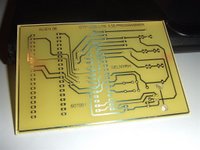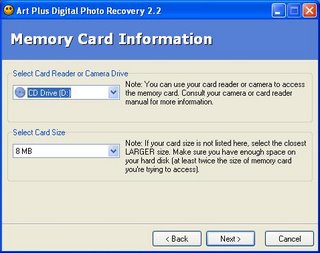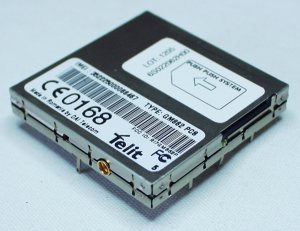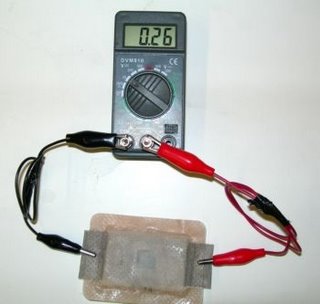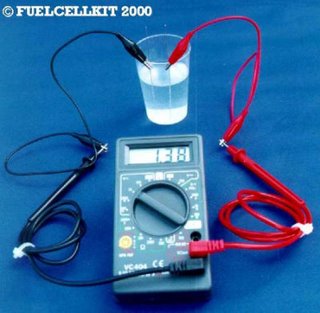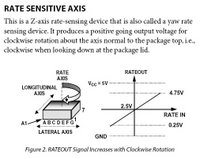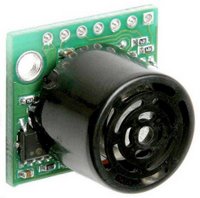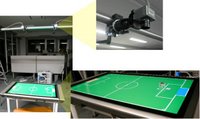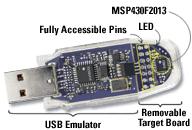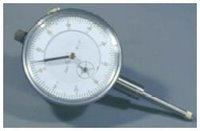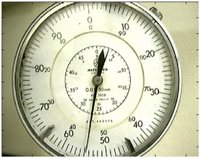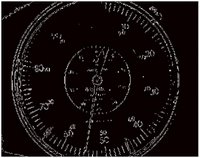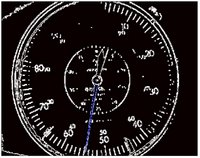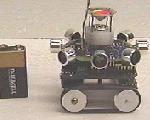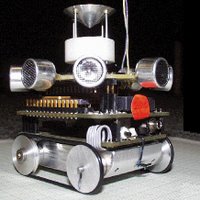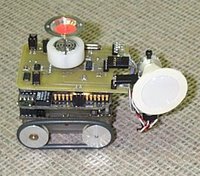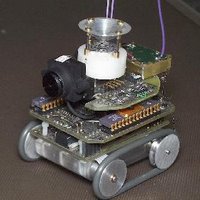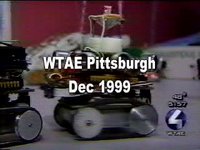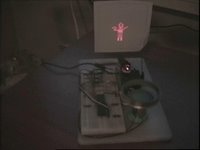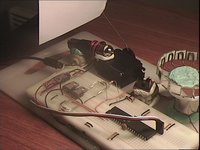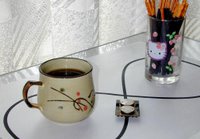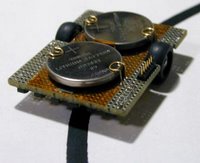GTP-USB-Lite Programmer (again)
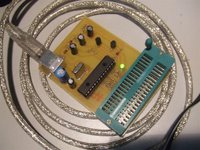
The GTP-USB-Lite Programmer.
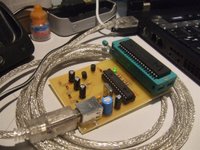
Plugged into the laptop via USB.
Today, I will share with you my PCB version of this GTP-USB-Lite Programmer. You may like to download the following files and start making one immediately:
Download:
> Programmer Schematic
> Programmer PCB Design
> Programmer PCB Design Component Layout
> Programmer PCB Design Component Layout with Tracks
> Firmware for 18F2550 chip (aka: the HEX file)
> winXP driver
> PC side software: WinPic800 (v3.55b) (MUST use this version)
Components:
Except for the onboard controller PIC18F2550, the rest of the components are very commonly available. So now the bottleneck is the 18F2550 chip. But this can be obtained from Microchip by ordering its samples =) which means that this USB programmer can be made at ultra low cost!
Trick:
Please make sure you have a working PIC programmer (or you have a good friend) to flash in the HEX file into the 18F2550 for the 1st time. (one time operation). This is because the 18F2550 needs the program in the HEX file in order to perform like a programmer.
If you are observant enough, you will see a 100nF capacitor next to the target PIC’s socket. Without this, the programmer can only perform read operations but not the write operations. Quite a number of enthusiast had emailed me telling me that their programmer is not working despite having the best debugging efforts. This may be the remedy =)
Installation Procedures:
1. Download PC side software: WinPic800 (v3.55b) and make sure you know where you had saved it.
2. Plug in your newly constructed programmer into the USB port. *make sure the 18F2550 on your programmer has already been flashed with firmware (the HEX file)!* Else nothing will happen.
If everything is right (nothing wrong with your circuit), you should see the following screen popping up:

Select "No, no this time", click "Next"
3. Next, the following screen will pop up.
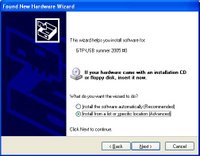
Select "Install from a list or specific location (Advanced)" , click "Next"
4. When prompted for the driver, browse for the location where you had previously saved the downloaded file WinPic800 (v3.55b) Look for the folder named "winXP Driver". Select that.
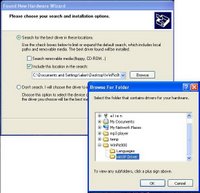

Computer will start driver installation after you click next.
To test if your programmer is working:
Have fun! =)
